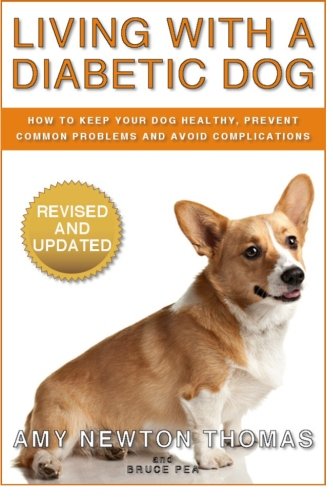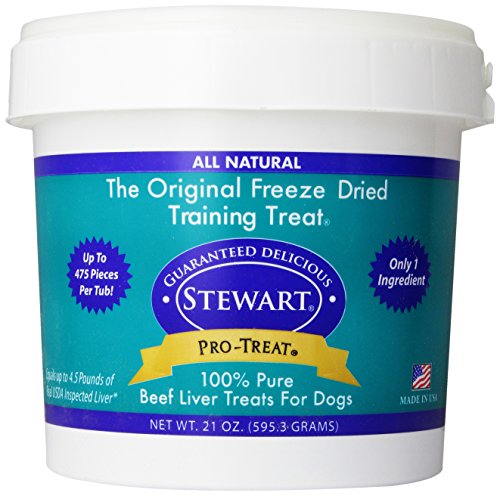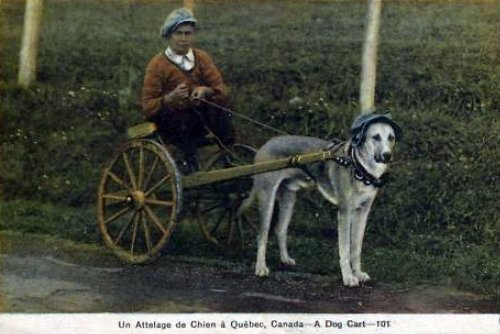
 Panic attacks in dogs are more common than you may think. Unfortunately anxiety in canines can be tricky to spot. Agitation can surface in a number of different ways; from licking and digging obsessively to more blatantly aggressive behaviour like continuous barking and growling. Some dogs become violent, whilst others may shake with fear.
Panic attacks in dogs are more common than you may think. Unfortunately anxiety in canines can be tricky to spot. Agitation can surface in a number of different ways; from licking and digging obsessively to more blatantly aggressive behaviour like continuous barking and growling. Some dogs become violent, whilst others may shake with fear.
In general you should be on the look out for the following symptoms:
 Excessive fur-licking – if your pet licks his fur to the extent that it starts to irritate the skin or cause balding, there is almost certainly a problem.
Excessive fur-licking – if your pet licks his fur to the extent that it starts to irritate the skin or cause balding, there is almost certainly a problem.Regardless of the way the anxiety manifests itself, it is a problem that should be treated with caution. Luckily there are options.
It may sound obvious, but taking your pet to see a respected veterinarian is the most sensible first step in treating the condition. The main reason for this is to eliminate latent or unknown injuries or illnesses that could have gone unnoticed; some forms of panic attacks in dogs are caused by such conditions.
Dogs aren’t entirely different from humans and can be susceptible to depression if they are suffering from pain or discomfort. Anxiety can act as a dog’s way of getting its owner’s attention and asking for help; in effect, the dog is flagging up that they are ill. If your pet’s distress is due to a defect in his physical health, a vet will be able to offer a diagnosis and suggestions for treatment. If not, at least you will have ruled out serious illnesses before seeking out other ways to ease the nervousness your dog is experiencing.
Dogs are affectionate and loyal animals. Be demonstrative in your recognition of this and return their love and then some; it doesn’t take much effort and it can work wonders in alleviating their unhappiness. It is particularly important to give your dog extra attention if he is suffering severe panic. Make sure you set aside at least three quarters of an hour every single day that is just about spending time with your dog. Give him doggy treats, play with him at home, take him for an extra long walk or play with him at the local park, anything you know will make him happy and content.
It is essential to stick to rules you have set in place since your dog was a puppy. It is also beneficial to have a system of punishment in place if your dog misbehaves and give rewards when he is being obedient. However, some people can be too harsh with punishment and give very little praise for good behaviour.
A dog spends most of his life trying to please his owner and, when he suspects he isn’t succeeding in this quest, he may become disheartened, fearful and, eventually, anxious. Using a stern voice and saying ‘No’ is nearly always sufficient to reprimand your dog. He will know he has done wrong.
Don’t ever resort to physical violence, such as hitting. It is especially harmful if you use props as weapons to threaten your animal; brooms are for sweeping the floor and newspapers are for reading, so don’t use them to instil fear in man’s best friend. Try not to scream excessively, which will be intimidating and frightening. Make sure, even when your dog does something bad, that you show him how much you love him.
If you are planning on getting a new puppy, be very careful about how you introduce her to the household. Dogs can be extremely protective of their territory, and a new addition to the family may very well threaten your existing pet and make him feel unwanted or dismissed. Distress or anxiety may occur if he starts to suspect he is being replaced or even abandoned. It is vital that you give your existing pet just as much attention as your new one. Don’t try and force a relationship between the two dogs; allow them to play together and build a connection naturally away from your prying eyes.
 Grief
GriefIf another animal in your household passes away, a canine will feel a very similar bereavement to the kind human beings experience. It will result in sadness, a feeling of loss and pain, and, in severe cases, an extended period of depression. This mourning is normal, but be watchful for excessive bouts of grief. Give your dog extra attention and love; this will calm his nerves and put his mind at rest that you aren’t likely to disappear any time soon.
Panic attacks are common in dogs if they are left alone for longer-than-normal periods of time. This is especially true of animals that have become reliant on constant companionship. If your dog is used to having company the majority of the time and this is suddenly taken away from him, it will most likely result in an anxiety attack. If you need to be away from him for extended periods, try weaning him off your companionship gradually by steadily building up the time you are way.
There are a couple of things you should most definitely avoid doing whilst caring for an animal who is distressed or anxious:
Panic attacks in dogs are distressing for both the animal and the owner, but if treated promptly and with care, they needn’t constitute a long-term problem.
 Canine Diabetes
Despite diabetes being commo
Canine Diabetes
Despite diabetes being commo
 Should You Feed Your Dog Low
The trend to remove fat from
Should You Feed Your Dog Low
The trend to remove fat from
 Dog Dental Health: Preventing Diseases and Plaque On Your Dogs Teeth
Your Dogs Dental HygieneOkay, so you can&rsquo
Dog Dental Health: Preventing Diseases and Plaque On Your Dogs Teeth
Your Dogs Dental HygieneOkay, so you can&rsquo
 Catch Him Being Good
Many people find that they d
Catch Him Being Good
Many people find that they d
 20 Jobs Dogs Have Preformed
20 Jobs Dogs Have Preformed
Most people think of th
20 Jobs Dogs Have Preformed
20 Jobs Dogs Have Preformed
Most people think of th
Copyright © 2005-2016 Pet Information All Rights Reserved
Contact us: www162date@outlook.com